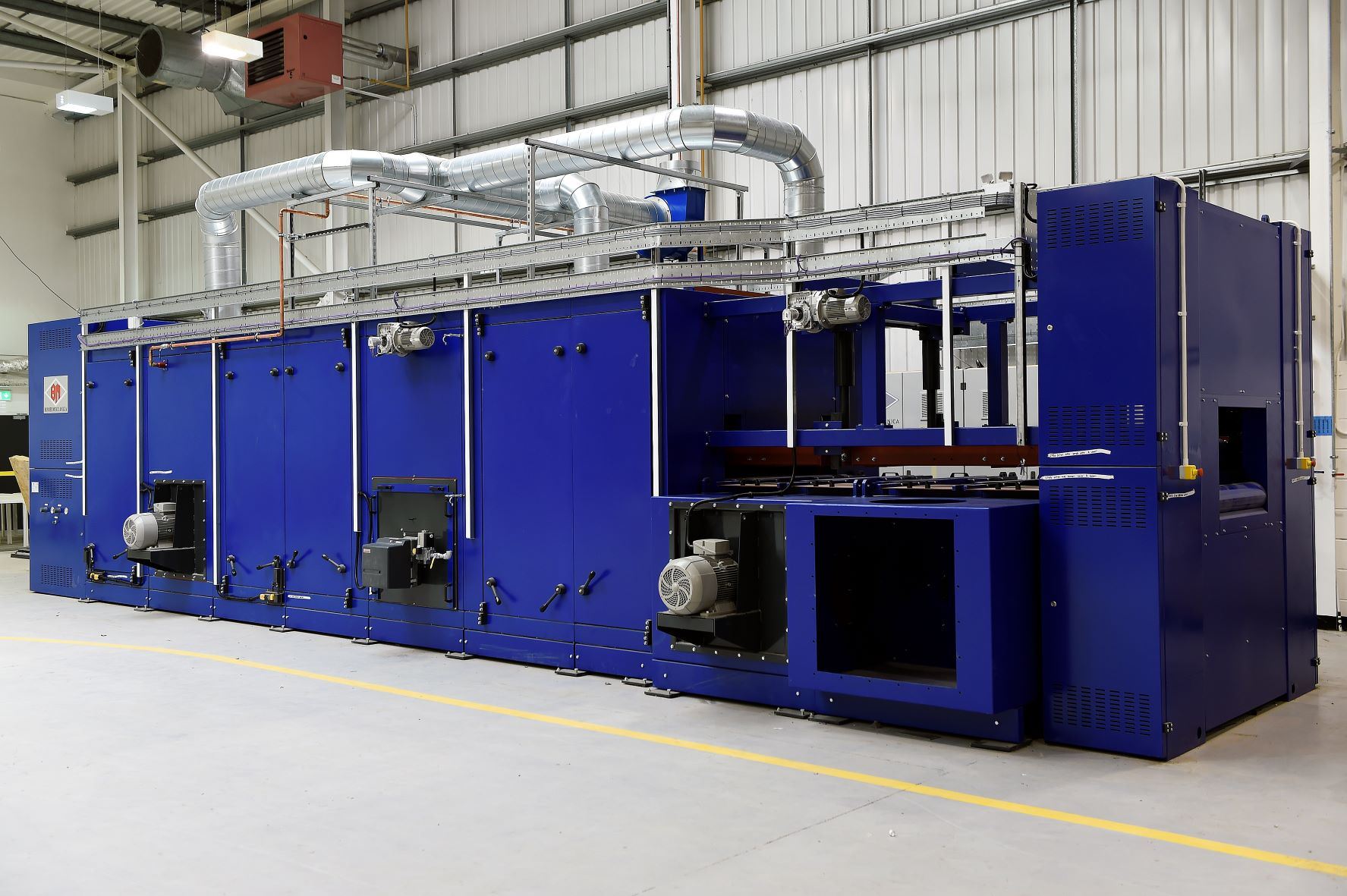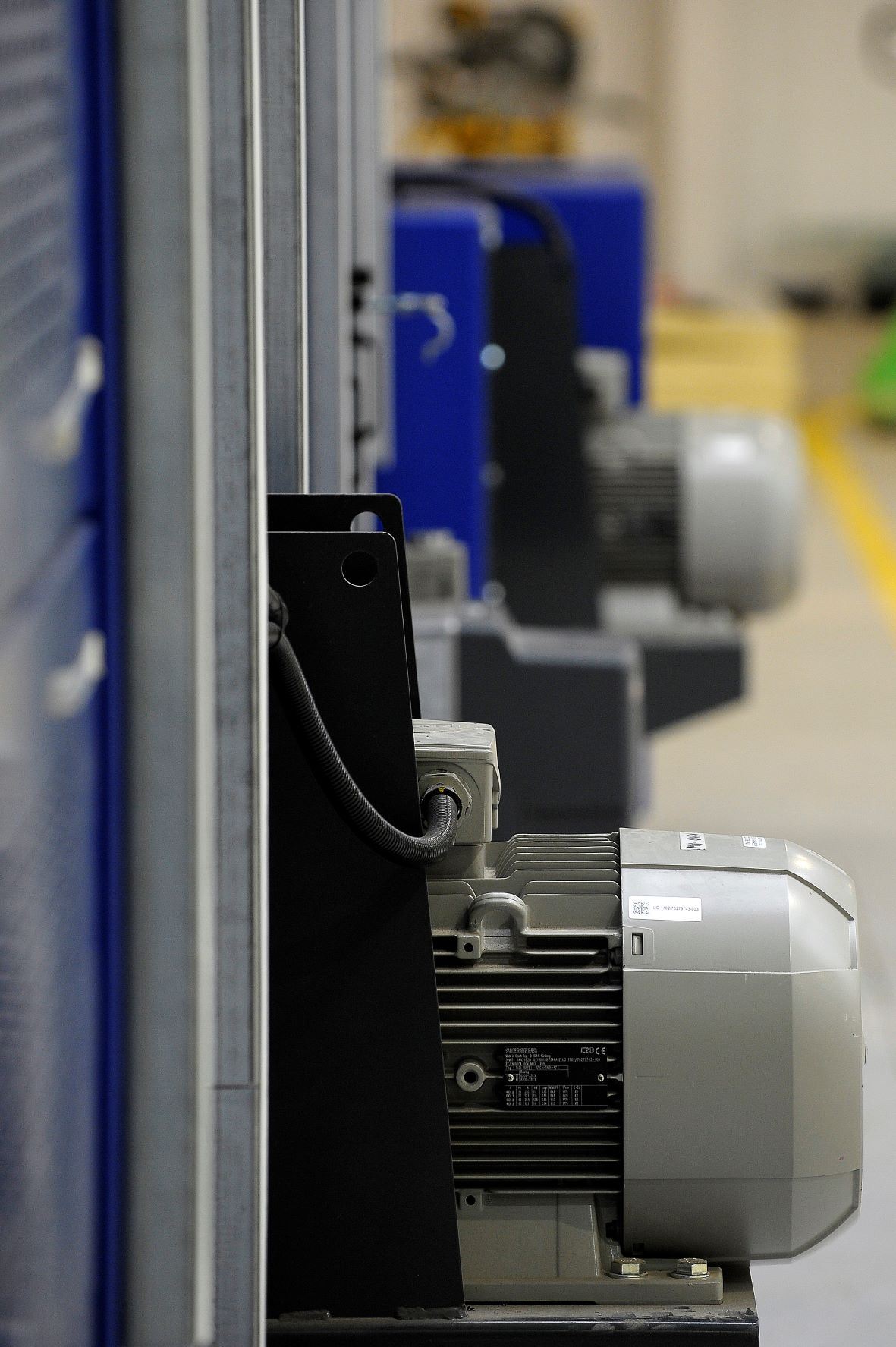Content
Pilot insulation line



Why choose the Pilot insulation line?
Our Pilot insulation line comprises three key components: the former section, the thermobonding oven and a cooling section. This bespoke process creates the opportunity to produce insulation materials from virgin or recycled natural and synthetic fibres like wood fibre and textiles. Capable of meeting a range of customer needs and specifications our Pilot Insulation Line can be utilised to deliver a range of finished non-woven products with various fibre blends, material dimensions and densities.
More info
The Pilot insulation line provides the opportunity to comfortably prototype and develop new insulation products within a controlled environment.
The bespoke nature of this piece of equipment offers a flexible approach for creating a range of nonwoven products.
Capable of converting loose fibres such as wood fibre, cellulose, polyester, wool, cotton, dusts, feathers and other waste textile fibres into nonwoven batts and quilts.
- Prototyping: Capable of producing a range of material compositions, densities and dimensions for test in a controlled environment.
- Circular economy: Ability to use waste materials to develop new products and revenue streams.
- Reduced costs: Offers cost and time savings when developing new products with the ability to run small and medium sized production runs for test.
- Innovative research: Opportunity to test different nonwoven solutions within a controlled environment.